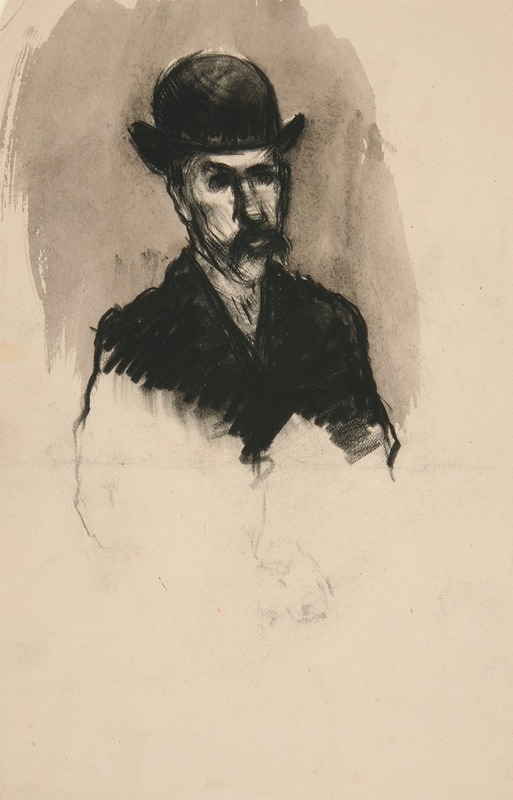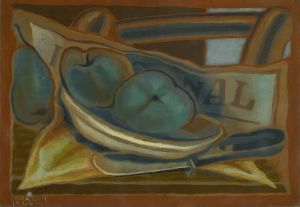
Head of Man
A hand-painted replica of Charles Demuth’s masterpiece Head of Man, meticulously crafted by professional artists to capture the true essence of the original. Each piece is created with museum-quality canvas and rare mineral pigments, carefully painted by experienced artists with delicate brushstrokes and rich, layered colors to perfectly recreate the texture of the original artwork. Unlike machine-printed reproductions, this hand-painted version brings the painting to life, infused with the artist’s emotions and skill in every stroke. Whether for personal collection or home decoration, it instantly elevates the artistic atmosphere of any space.
"Head of Man" is a painting by the American artist Charles Demuth, known for his contributions to the Precisionist movement. Demuth, born in 1883 in Lancaster, Pennsylvania, was a prominent figure in early 20th-century American art. He is best known for his watercolors and oils that often depict industrial and architectural subjects with a focus on clean lines and geometric forms.
"Head of Man" is one of Demuth's works that showcases his skill in portraiture, a genre he explored alongside his more famous industrial scenes. While specific details about the creation date and the subject of "Head of Man" are not extensively documented, it is consistent with Demuth's broader body of work, which often included portraits of friends and figures from his social circle.
Demuth studied at the Pennsylvania Academy of the Fine Arts and later in Paris, where he was influenced by the avant-garde movements of the time, including Cubism and Fauvism. These influences are evident in his approach to form and color, even in his portraiture. "Head of Man" likely reflects these stylistic elements, characterized by a blend of realism and abstraction.
Throughout his career, Demuth maintained close relationships with other artists and writers, including the poet William Carlos Williams. These connections often informed his work, as he sought to capture the essence of modern American life and its evolving cultural landscape. His portraits, including "Head of Man," often reveal a deep psychological insight into his subjects, achieved through his distinctive use of line and color.
Demuth's health was a significant factor in his life and work. He suffered from diabetes, which eventually led to his early death in 1935. Despite his health challenges, Demuth was a prolific artist, and his work has been celebrated for its contribution to American modernism. His paintings are held in numerous public and private collections, and he is considered a key figure in the development of Precisionism, a style that emphasized clarity of form and the depiction of modern industrial landscapes.
"Head of Man" exemplifies Demuth's ability to convey personality and emotion through portraiture, using a style that bridges traditional representation and modern abstraction. While the painting itself may not be as widely recognized as some of his other works, it remains an important part of his artistic legacy, reflecting his versatility and depth as an artist.
In summary, Charles Demuth's "Head of Man" is a testament to his skill in capturing the human form with a modernist sensibility. It stands as a significant piece within his oeuvre, illustrating his engagement with contemporary artistic movements and his personal vision of modernity.


















